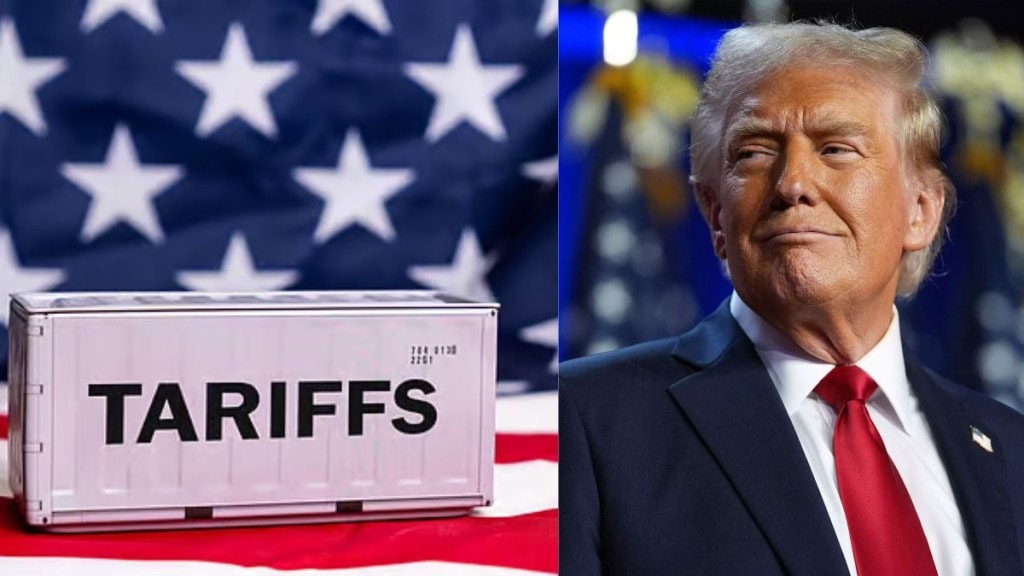A US federal appeals court in Washington, D.C. on Friday ruled that most of the tariffs imposed by President Donald Trump under emergency powers were unlawful.
The case centered on two sets of tariffs, ie, one introduced in April as part of Trump’s “reciprocal” trade duties and another imposed in February on imports from China, Canada and Mexico.
In its 7–4 decision, the court said that Trump exceeded his authority under the International Emergency Economic Powers Act (IEEPA). This 1977 law is normally used to freeze assets or impose sanctions during national emergencies, but not to set broad tariffs.
The judges wrote that while the law gives presidents significant powers in emergencies, it does not explicitly include the ability to impose taxes, duties, or tariffs.
The court further stated, “The statute bestows significant authority on the President to undertake a number of actions in response to a declared national emergency, but none of these actions explicitly include the power to impose tariffs, duties, or the like, or the power to tax.”
What happens next?
For now, the ruling may not change something immediately. The court has placed a hold on its decision until October 14, 2025, giving the Trump administration time to appeal to the Supreme Court. Until then, the existing tariffs remain in place.
However, if the Supreme Court agrees with the appeals court, the US Treasury might be forced to make mammoth refunds. Revenue collected by tariffs by July stood at $159 billion.
This would cause a major disruption to government finances and global trade. Businesses that paid these tariffs have already filed lawsuits demanding refunds.
For companies that import goods, the end of tariffs could bring huge relief in the form of lower costs. Retailers and manufacturers who rely on foreign products would likely benefit.
However, American producers who had been shielded from international competition by Trump’s tariffs could suffer once that protection is removed. This shift would also affect prices for consumers, supply chains, and even inflation trends.
Diplomatic disaster?
Diplomatically, the impact could be even more significant. Many of Trump’s tariffs were used as bargaining tools in trade negotiations with countries such as the European Union, Japan, and the UK.
If those tariffs are struck down, the credibility of US trade threats could be disrupted or rather weakened. Other countries may also accuse Trump’s government of acting in bad faith if past deals were based on tariffs that courts later declare illegal.
Future of presidential tariffs
At the center of the case is the issue of separation of powers. The US Constitution gives Congress, not the president, the authority to impose taxes and duties. The court’s majority opinion focused on one important point that while presidents may regulate imports during emergencies, they cannot use this as a blank cheque to impose sweeping and long-lasting tariffs.
If the ruling stands, future presidents will face tighter limits on using emergency laws for tariffs. They could still use other tools, but these are more restrictive.
To understand this better, here’s what the law says:
The Trade Act of 1974 lets the president impose tariffs of up to 15% for 150 days, but only under strict conditions.
Section 232 of the Trade Expansion Act of 1962 allows tariffs if imports threaten national security, but this process requires investigations and detailed findings.
Neither law gives presidents the sweeping power Trump claimed under IEEPA. This means Congress could once again play a bigger role in shaping America’s trade policy.
So, we can say that if the Supreme Court holds firm, the provision to use tariffs as a weapon in foreign and economic policy may come to an end.

